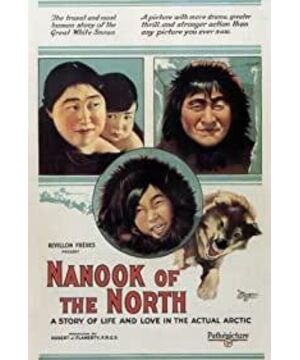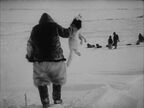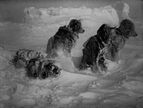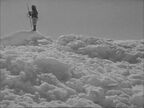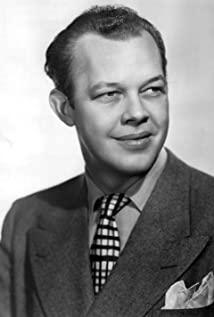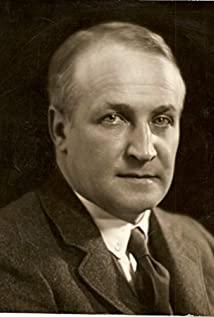Reality is a force that can shock people. Whether it's posing or real. Hunting seals is real, and building igloos is also real. The so-called actors are also Eskimos who kill walruses and cover igloos outright. When I saw them rowing a small boat to look for the walrus, I seemed to see an army of thousands of horses.
The excellence of Nanuk in the north is unquestionable. The photographer went to such a harsh environment alone. His spirit is very precious. The life of the Eskimos shown in the film also deeply touched me. They are passionate. Kind and brave. Live the most primitive but purest life. Every day, the Nanuk family uses all their enthusiasm and strength to live, but what he pursues, or what he can pursue, is to find food and fill his stomach. To live is already their highest ideal. Thinking about the living conditions of modern people groaning without illness, in front of the tall Nanuk, I feel very ashamed.
But it is such a group of people who have nothing to do with the world, but they are willing to help Vlahadi unconditionally complete his movie. In fact, after the Eskimos did business with white people, they stopped hunting and killing walruses because they were too dangerous. Adult walruses weighed two tons. But in order to help Vlahadi, they are willing to take another risk. Because of insufficient lighting, the shooting in the igloo was actually done in half of the igloo, which means that the Hanuk’s family performed a life scene of undressing and sleeping for Vlahadi in the ice and snow of the Arctic. . What does it matter if such a sacrifice is true or not?
Two years after Vlahadi returned to the "civilized world", news came that Hanuk had passed away. Nanuk did not store enough food for the winter because he helped Vlahadi to shoot the movie. During the food expedition, Nanuk was starved to death.
There are countless professional and non-professional comments on this film. Mention the various values of this film, various contributions to anthropology, sociology, and film art. But for Nanuk's death, everyone passed by, as if discussed. As the best hunter among the Eskimos, Nanuk starved to death for helping us so-called people from the civilized world. Yes, there are more people in this world who know Eskimos and love Eskimos, but will this change their lives? Will they no longer be cold? Will they no longer go hungry? Instead, it will perish due to our intervention.
If Vlahadi died because of the filming of this film, I think it was a dedication to art. He should do it. If he died for what he was after, it would be considered dead. Similarly, if I were a director, I wouldn't have any complaints. As a TV person, this is our responsibility. But Nanuk is not. He is an ordinary Eskimo. He should have exhausted all his enthusiasm for survival in the snow and ice, then quietly closed his eyes and died in the pure snow and holy life. It is not up to us to accelerate his death.
Is our world really civilized? We do everything we can to change the laws of nature. Is it really correct?
Originally, I wanted to write a serious article about my feelings, express my respect and love for Nanuk, and pay tribute to the originator of the great documentary. But as I wrote it, my thoughts drifted to this, and my roommate was calling and quarreling with my boyfriend, which made me very irritable. This is why I hate dorm life. When you want to calm down and think about some things, It has to be the same as a lottery.
Just write this
View more about Nanook of the North reviews


